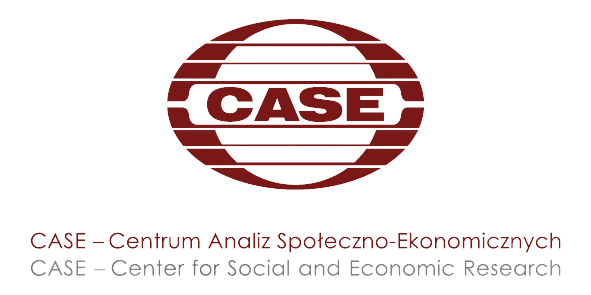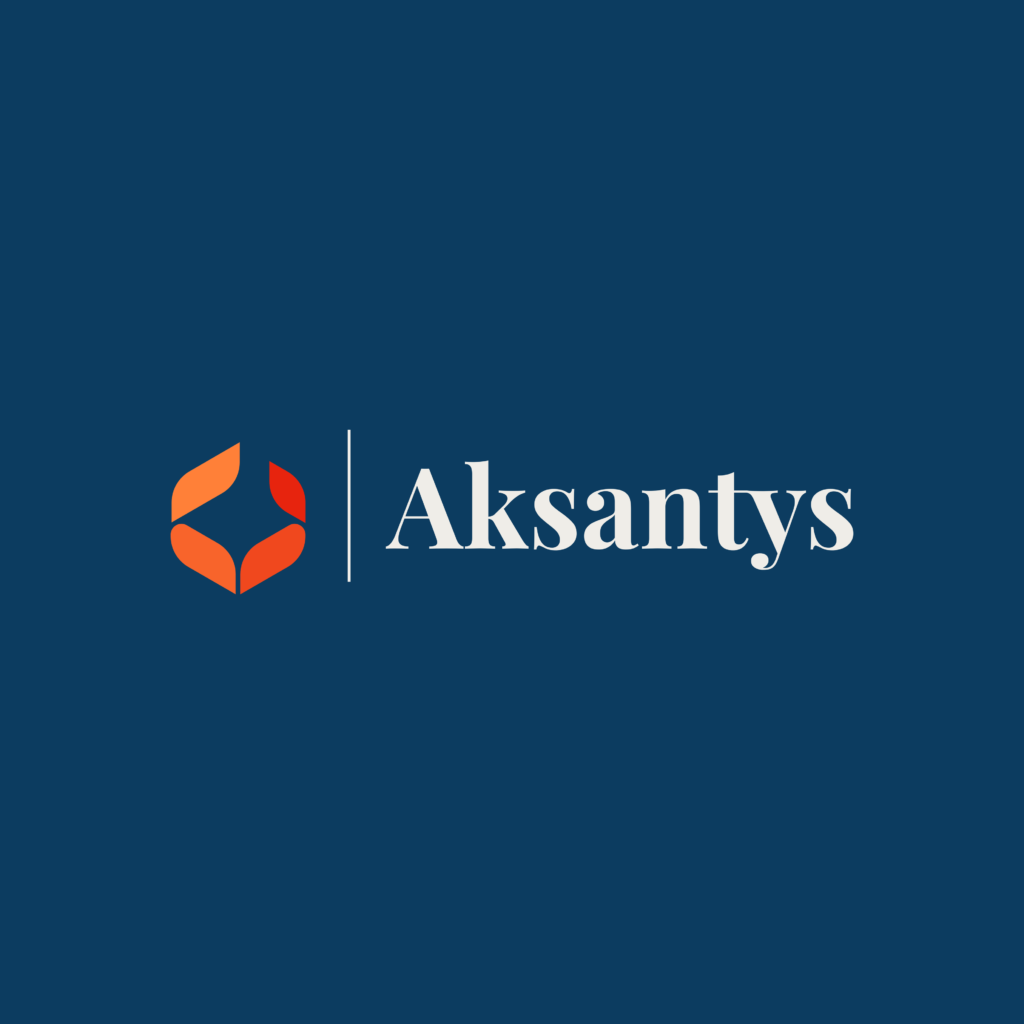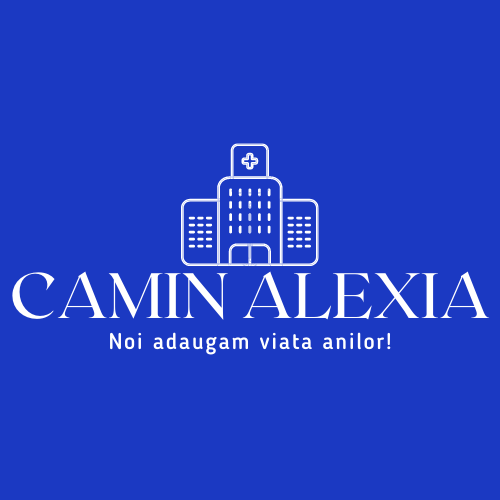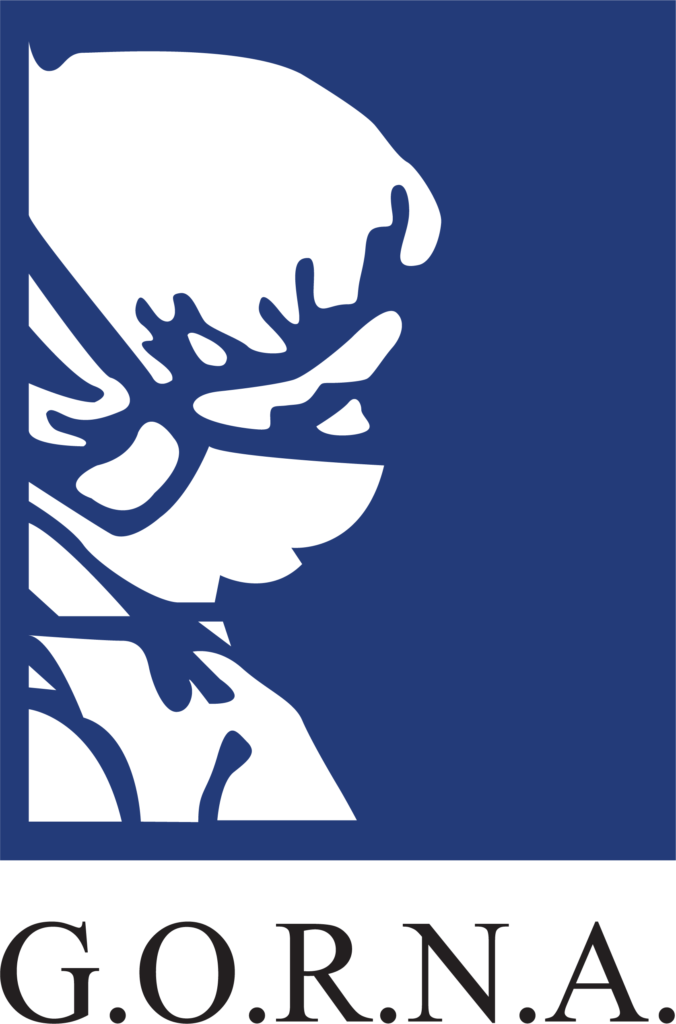Hospital Care
DIGITAL SOLUTIONS FOR HEALTH CARE

Care Management Programs
Rationale
With this tele-health solution, healthcare providers can set-up their own remote care management program. It allows integrated, centralized monitoring from a wide variety of clinical grade digital devices.
Features of the solution
As an intuitive application, it encourages patients to participate in the quality of their health, and, thus, helps to engage and educate them, promoting adherence to treatment and early intervention to keep readmissions at a minimum. It can operate with the use of a dashboard, which allows staff to display patient details and plan tasks and activities.
The solution consists of a smartphone application for patients and a workstation for healthcare providers. Through the app, patients can report their health status, wellness, and medications they might be taking. In this way, the healthcare staff can identify those patients whose condition has deteriorated and decide if they need a hospital visit or other forms of care. This kind of solution allows to create recurring tasks or events at different times.
Benefits of the solution
Since this solution can be operated in the cloud, it can lead to faster deployment time and less costs. It can help providers to define their individual care management strategy and implementation plan. Through remote monitoring, it can help reduce inefficiencies and decrease costs.
By allowing to schedule of recurring tasks at different times, it enables providers to better comply with their care plans through standardization and automation, especially for chronic disease management.
Skills requirements
The ability to use smart mobile devices (phone, tablet) is necessary for the users. Healthcare professionals must be able to use the applications features, such as: managing and filtering patient data, evaluating input to derive a decision on each patient and provide feedback.
All users (healthcare professionals and patients) use the solution with credentials and, so, they must be diligent with data privacy on digital devices.
Introductory video
Video of an example on the front page:
Examples of companies producing the tool
DIGITAL SOLUTIONS FOR HEALTH CARE

Chart review
Rationale
This solution is used to enhance chart review and query workflow. Using advanced AI and natural language understanding, it analyzes the entire electronic patient record to provide revenue cycle and health information management (HIM) professionals with in-depth insight to improve documentation accuracy.
Features of the solution
Hospital staff can, in one place, view the current census of patients and review the chart for missing specificity and query opportunities.
The solution contains a number of collected data, such as lab results, medication and diagnosis, for each patient.
The solution algorithm can distinguish the most relevant information from the patient chart, so that the healthcare team can be better equipped to anticipate patient needs.
Benefits of the solution
Since it concentrates all data for each patient, it can reduce time spent searching for scattered information. As a result, physicians can attend to more patients.
Improved patient satisfaction, by reducing unnecessary visits or duplication of tests.
Reduced time to diagnosis, since the most relevant information is readily displayed.
Skills requirements
The ability to use smart mobile devices (phone, tablet) is necessary for the users.
Healthcare professionals must be able to:
- Evaluate the data inserted in the solution (lab results, etc);
- Filtering which data is relevant to the current situation;
- Use the solution diligently with credentials (data privacy).
Introductory video
Not found
Examples of companies producing the tool
3M “3M™ M*Modal CDI Collaborate” (https://www.3m.com/3M/en_US/health-information-systems-us/create-time-to-care/cdi-care-management/cdi-collaborate/)
Siemens “Patient Chart” (https://www.siemens-healthineers.com/digital-health-solutions/digital-solutions-overview/patient-engagement-solutions/e-health-solutions/patient-chart)
DIGITAL SOLUTIONS FOR HEALTH CARE

Healthcare digital kiosk
Healthcare digital signage is a system consisting primarily of a digital display, which can be interactive, static, touchscreen or non-touch, an enclosure, and an internal computer with specialised software. Digital healthcare kiosks are designed to streamline various tasks to assist staff and simplify visits by guests or patients.
HOW DOES IT WORK
With a digital display content management system, screen scheduling is easily centralised. Content streams can be automated and managed remotely to provide diversified and up-to-date content. Examples of appropriate and effective use of digital signage in the health sector include:
- Preventive and informative messages.
Use digital signage within the healthcare industry to inform patients about preventative measures or health with advice on treating common pathologies or childhood illnesses, good medication practices, or hygienic rules.
- Virtual secretariat through hospital monitors.
To anticipate patient questions, use digital signage to disseminate essential information about your clinic: extended hours, surgical specialties, nearby 24/7 pharmacies, etc.
Inform your patients about the online appointment booking process and how they can access the digital version of their medical records.
- Communicate internally with your medical teams.
In addition to communicating with patients, digital signage also creates better team communication. A screen with important information that is automatically updated (for example, the list of hospital admissions) enables medical personnel to be updated in real-time and may facilitate the release of information in an intense and stressful environment.
- Regular updates on the status for a more serene expectation of patients.
Once in the waiting room, but before being called by a physician, a patient may be nervous about the impact that waiting time has on their day. You can use digital signage to reassure patients, meet their expectations, or transform this wait time into meaning. You can use the screens to let patients know that the consultation with the doctor is on time, that there will be a delay, or display the patient’s position on the appointment list.
Using a fleet of screens allows you to assign a screen to each doctor or dentist outside the office. With a single screen, you can configure a roll to broadcast information about each doctor one at a time.
- Hospital Intake
Hospitals, clinics, and major medical centres can be intimidating because patients only go when concerned about their health or the health of the person they visit. Clear signage helps to reduce patient stress and ensure appointments are running smoothly.
Digital signage solutions for the healthcare industry can help guide patients with screens that greet patients upon arrival at the facility, remind them to use hand sanitizers, and post an arrow card or posters to direct them in the right direction.
You can place screens at any strategic location (where the patient will have to choose their orientation) and at each clinic reception. If your signage is obsolete, there is no need to print new signs: the screens can be updated immediately with ease.
Benefits of the solution
- Minimise the perception of waiting with entertaining content.
Waiting is often the opposing point of any medical appointment with a healthcare professional. As such, digital signage is key to reducing this perception of waiting through engaging content.
- Educate patients on health, sanitation, or prevention.
Digital screens are an attractive way to advise health, hygiene, prevention, and best practices.
- Welcoming and Guiding Patients with Digital Signage
It is not always easy for patients to navigate extensive facilities. Consequently, digital display screens enable visitors to be greeted and guided to their destination.
- Internal communication via digital signage.
Internal communication should not be overlooked as important as communicating with your patients. A digital signage solution allows you to make it more dynamic.
- Reduce communication costs
Traditional signage takes time and money. Digital signage also helps avoid the costs of production, delivery, and display.
- Update your spaces to make them more pleasurable.
Digital signage is the best way to digitise your spaces and communications to modernise your institution or practice. It is an innovative and attractive digital communication tool that gives you an avant-garde and trendy image linked to the expectations and aspirations of patients.
Skills requirement
General training on the use of the instrument would be required, as would the resolution of minor technical problems.
DIGITAL SOLUTIONS FOR HEALTH CARE
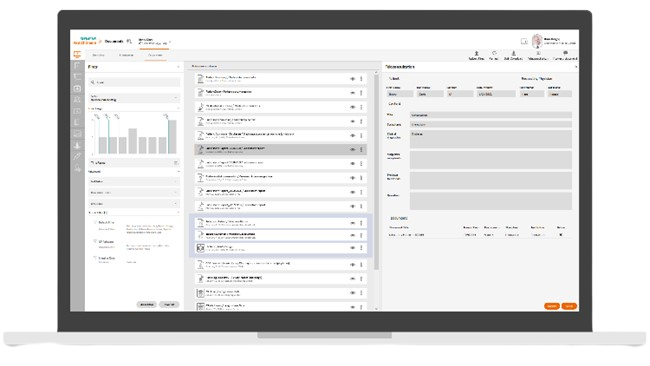
Physician-to-physician consultations
Rationale
Physician-to-physician consultations within the same institution or across institutions are important for the optimization of care, especially when a physician of a required specialty is not available on the spot.
Features of the solution
The solution operates through a platform, where physicians connect with credentials. All data, such as lab results and consultation records, are available in a database.
The solution offers physicians the ability to share data with other physicians, upon request, through an integrated workflow.
Benefits of the solution
Sharing of sufficient, accurate and usable data through a complete and integrated workflow, since all the data are stored on a single database, helps physicians to provide timely treatment.
The connection among physicians in different settings can improve quality of decision-making, by reaching the appropriate specialized professional.
Skills requirements
The ability to use PC or smart mobile devices (phone, tablet) is necessary for the users.
Users must be able to evaluate and manage the data provided within the solution for each patient.
Also, users must be able to use the solution correctly in order to identify the physician they need to contact, as well as how to share the appropriate data with them.
Users must be able to understand how to operate the solution with credentials and to be diligent with data privacy.
Introductory video
Not found
Examples of companies producing the tool
Siemens: “Consultation” (https://www.siemens-healthineers.com/digital-health-solutions/digital-solutions-overview/patient-engagement-solutions/e-health-solutions/consultation)
DIGITAL SOLUTIONS FOR HEALTH CARE

Remote patient management following surgery
Rationale
Surgical patients require special care for their proper recovery. While during their hospital stay, they are cared for by the hospital personnel, upon discharge it is harder to monitor their status and needs.
In this context, a digital solution for remote monitoring of surgical patients has been designed to support these patients throughout their treatment journey, by offering digitalized preparation and follow-up.
Features of the solution
This solution allows follow-up of operated patients at distance, throughout their health care path, from the pre-operative phase (facilitation of admission and preparation) to the post-operative course within a personalized follow-up framework.
It is available via mobile, PC or tablet. Both healthcare professionals and patients download it to their preferred device and access their accounts using credentials.
The solution is more oriented towards postoperative management, but it also includes a pre-operative feature to welcome and support the patient to prepare for operation.
The patient gets a list of things to do that will help their recovery (i.e. temperature measurement), as well the key steps for their treatment journey (i.e. physician appointments).
The solution provides direct contact between the patient and his/her care team through scheduled feedback questionnaires and secure messaging system.
Also, it includes a library of information, which is created for the patients’ needs.
Benefits of the solution
- Reduced length of hospital stay and readmissions;
- Reduced preoperative patient anxiety;
- Improved patient satisfaction, since they are better supported throughout their treatment journey.
Skills requirements
The ability to use PC and smart mobile devices (phone, tablet) is necessary for the users. Patients and healthcare professionals must be able to understand how to operate the solution with credentials and be careful to retain privacy of data.
Healthcare professionals must be able to evaluate the data inserted be the patients, as well as to operate the solution’s features, such as provide feedback on the questionnaires and use the secure messaging system.
Introductory video

Examples of companies producing the tool
Medtronic “Get Ready” (https://europe.medtronic.com/content/dam/medtronic-com/xd-en/hcp/documents/covid-19/amiens_university_hospital_case_study_05-10-2020.pdf?bypassIM=true)
DIGITAL SOLUTIONS FOR HEALTH CARE
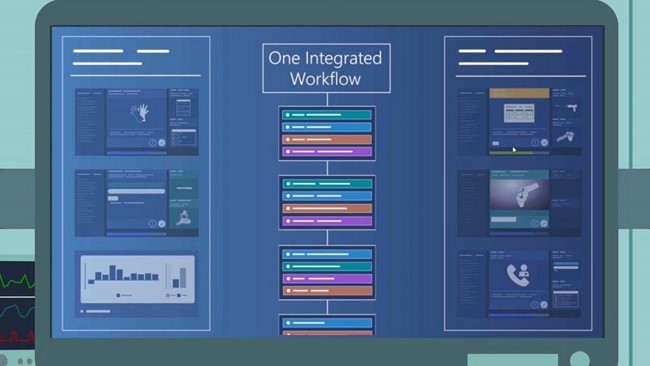
Solutions designed to improve better workflow in surgical teams
Rationale
In the operation room, the surgical team must function as a unit, in order to achieve the optimum result for the patient. However, managing all the required steps in real life can be challenging, especially in complex operations.
SPI’s Technology aims to empower surgeons and care teams to address variability* in the OR and enhance team performance, by synchronizing workflows and accessing real-time analytics.
Features of the solution
This kind of solution works through a digital platform. The surgical team can design their personalized workflow, by integrating step-by-step process to be applied throughout the surgical operation.
During the surgery, the synchronized workflow is facilitated by digital devices, which are displayed on a dedicated screen. The surgeon confirms when each step has been completed and, this way, can guide the overall process in real time.
The workflows can be accessed any time, for training and educational purposes. As a result, all members of the surgical team can study the procedural approach of the surgeon for upcoming surgeries, as well as review already performed operations and their analytics.
Benefits of the solution
The solution is designed to reduce variability in surgery, by supporting care teams to operate in a synchronized and coordinated way. Also, it can improve efficiency, by reducing disruptions and unnecessary delays.
It can support the training of new members of the surgical team, by studying the workflow of the team, with real-time insights.
Skills requirements
The ability to use smart mobile devices (phone, tablet) is necessary for the users.
Also, healthcare professionals must be able to insert and manage the required data (steps) into the solution, in order to achieve the desired workflow. Also, they must be able to comprehend and evaluate the inserted data, so that they can follow each step accurately.
Introductory video
https://www.jnjmedtech.com/en-EMEA/surgical-process-institute
Examples of companies producing the tool
Johnson & Johnson (https://www.jnjmedtech.com/en-EMEA/surgical-process-institute)
DIGITAL SOLUTIONS FOR HEALTH CARE
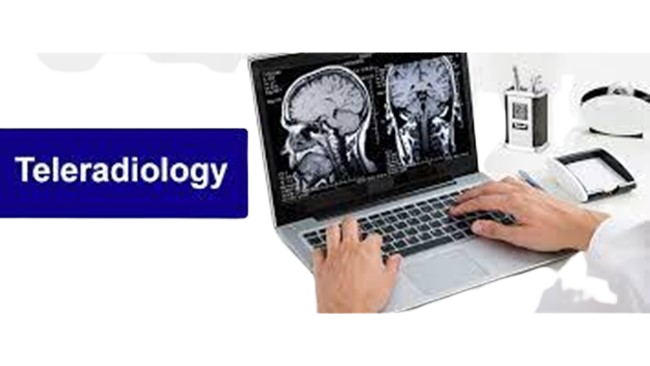
Teleradiology
Rationale
Every day, radiologists are expected to review and assess a significant number of scans. Especially since the onset of the COVID-19 pandemic, shortages in staff due to quarantine or sickness, the burden is only increasing. As a result, flexible solutions are needed to assist radiologists overcome these issues.
Features of the solution
This solution is designed for use by healthcare professionals. The images of the patient scans are transferred, through a secured platform to the radiology team for review. Accordingly, the radiologists then record and transfer the prepared results to the platform.
It also provides a network of experts specialized in specific fields, in order to interconnect the appropriate specialties all around-the-clock. The solution has the ability to manage data transfer, as well as administrative and financial processes.
Also, the teleradiology solution is designed in accordance with cybersecurity development standards, in order to ensure data privacy and security.
Benefits of the solution
The solution enables remote diagnostic reading, in order to master staff shortages and high workload. Especially for hospitals that do not have enough or qualified radiologists, the solution offers a flexible way to get access to subspecialists.
Skills requirements
Healthcare professionals must be able to:
- evaluate and manage the digital data provided in the solution;
- insert their results into the solution;
- use the solution to connect with other experts and share their input;
- use the solution with diligence regarding data privacy and protection
Introductory video
Not found
Examples of companies producing the tool
Siemens (https://www.befund24.de/)
DIGITAL SOLUTIONS FOR HEALTH CARE
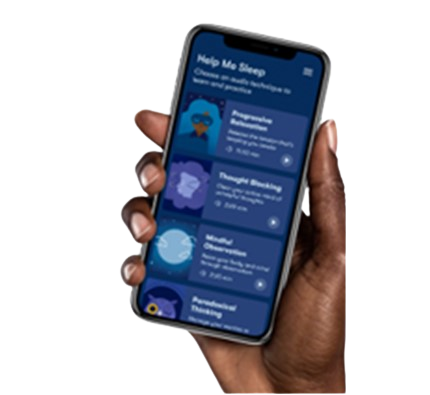
Tool for prediction of mortality at the time of hospital transfer
Rationale
Every year, a number of hospital patients need to be transferred to different facilities in order to receive the necessary care, many of which are high-risk cases. Patient transfer, especially for long distances, may impact the patient’s condition and even threaten their life. Therefore, assessment of the mortality risk associated with a patient’s transfer is important to reduce unnecessary deaths.
Features of the solution
This web-based solution is designed to be used by healthcare professionals. The healthcare professional enters a set of predefined variables to the algorithm (patient characteristics and measurements of various examinations, such as lab tests), which generates a score on the mortality risk of the patient.
Benefits of the solution
The solution is designed to reduce the avoidable mortality of patients. As a result, it can lead to optimized management of patients, based on their score, since it provides a standardized measurement of their status.
Skills requirements
The ability to use smart mobile devices (phone, tablet) is necessary for the users. Also, the users must be able to follow instructions for the proper population of the algorithm, as well as to evaluate data and the information provided by the algorithm.
Users must be able to operate the solution with care regarding data privacy.
Introductory video
Not found
Examples of companies producing the tool
“SafeNET” (https://journals.plos.org/plosone/article?id=10.1371/journal.pone.0246669#sec004)
DIGITAL SOLUTIONS FOR HEALTH CARE

Software for the monitoring, diagnosis, and treatment of liver diseases
Rationale (4 line justifying the need of using the solution)
Liver disease is a major cause of morbidity and mortality globally. Liver cancer is currently the third most common primary cancer, as well as a common site for metastatic disease. Detection and treatment monitoring of liver lesions requires measurement and change monitoring tools. In addition, planning for surgical resection requires the determination of the volume of the liver, liver lobe or a liver segment.
Features of the solution (how the solution works)
Software package for diagnosis and treatment of liver diseases allows the analysis and visualization of liver Computer Tomography (CT) data derived from DICOM 3.0 compliant CT scans. The tool is designed for the purpose of assessing liver morphology, including liver lesions – provided the lesion has different CT appearance from surrounding liver tissue – and its change over time. This is done through automated tools for liver, liver lobe, liver segments and liver lesion segmentation and measurement. It is intended for use by clinicians to process, review, archive, print and distribute liver CT studies. This software will assist the user by providing initial 3D segmentation, vessel analysis, visualization, and quantitative analysis of liver anatomy. The user has the ability to adjust the contour and confirm the final segmentation.
Benefits of the solution
The benefits of this solution include:
- Enhanced productivity of healthcare staff (with the use of the automated tool);
- Greater diagnostic confidence thanks to features streamlining the workflow;
- Easier assessment of the complete liver anatomy for surgical planning and lesion evaluation;
- Access to the analysis of multi-phase data across multiple time points.
Skills requirements
The use of the tool requires from the healthcare staff: information and data literacy skills – evaluating data and digital content, managing data and digital content, interacting and re-elaborating digital content, as well as knowledge of specific medical software tools (multi-modality image review, comparison and processing tool).
Examples of companies producing the tool
Source:
DIGITAL SOLUTIONS FOR HEALTH CARE

Wound Management
Motivation
Wound measurement, assessment, and treatment are key in many clinical areas. For this reason, several companies are developing innovative technologies to carry out this task objectively and precisely.
The injury management system is a technology designed to automatically deliver all clinical parameters to the operator which are needed to assess and monitor the medical condition of skin ulcers through tissue segmentation, ulcer classification, area, volume, and depth of injury.
HOW DOES IT WORK
The new instrument uses a smartphone application and two calibration wands (not necessarily supplied by all services).
The nurses place the calibration wands around the wound and scan the injury using smartphones. This technology allows you to measure an injury and create a 3D image. The application analyses the damage using proprietary machine vision algorithms, allowing it to determine the length (L), width (W), and depth (D). Therefore, wound measurements alone are insufficient to provide an accurate image; they must also include qualitative descriptions.
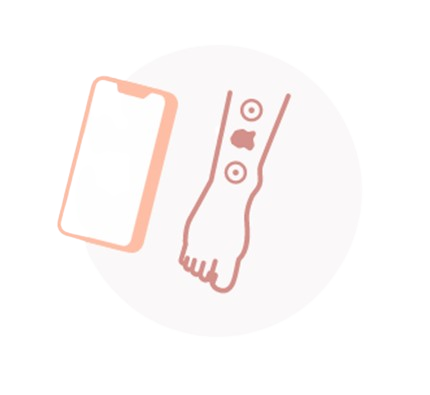
The importance of measurement and monitoring is crucial when, when poorly performed, they lead to inappropriateness. Constant and systematic documentation of wound characteristics(tracking of wound status: type of injury, level of pain, smell, and other factors) is equally essential, requiring ongoing monitoring of complications and proper management.
That can then submit the information to the patient’s electronic health record, which includes wound care data.
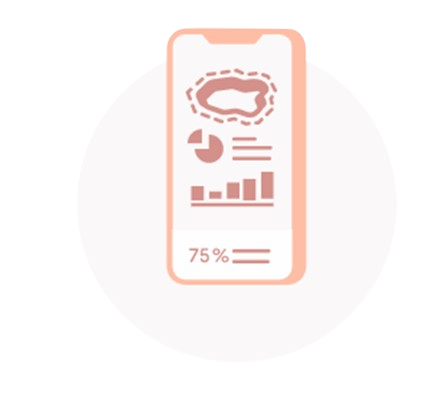
BENEFITS OF THE SOLUTION
- Provides in-depth injury images for documentation.
- Accurately measures the size of the wound to track healing improvement.
- Portable
- The technology does not require physical touch and reduces the risk of contamination
Skills requirement
ability to navigate and manage data with careful and secure patient privacy.


